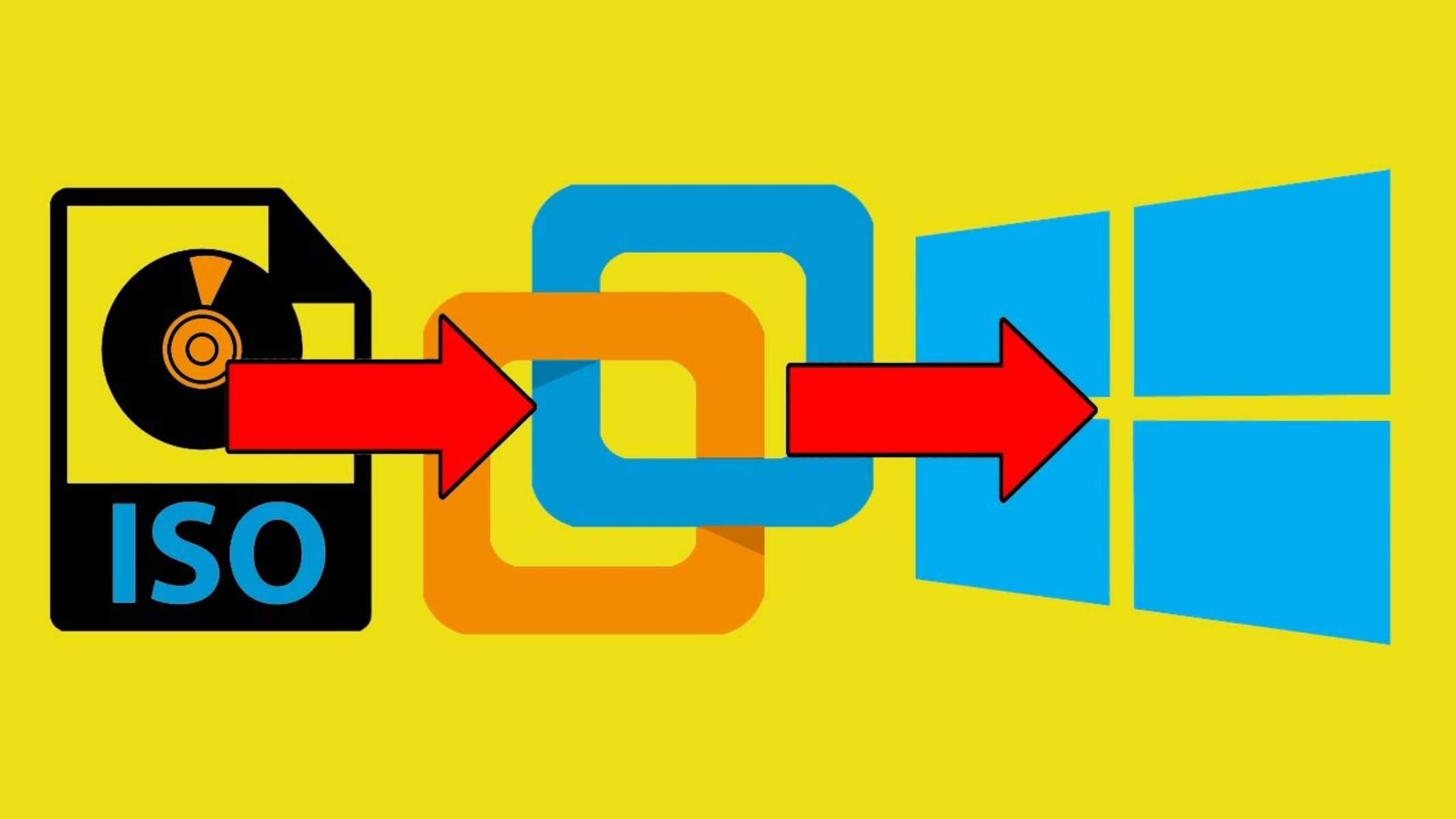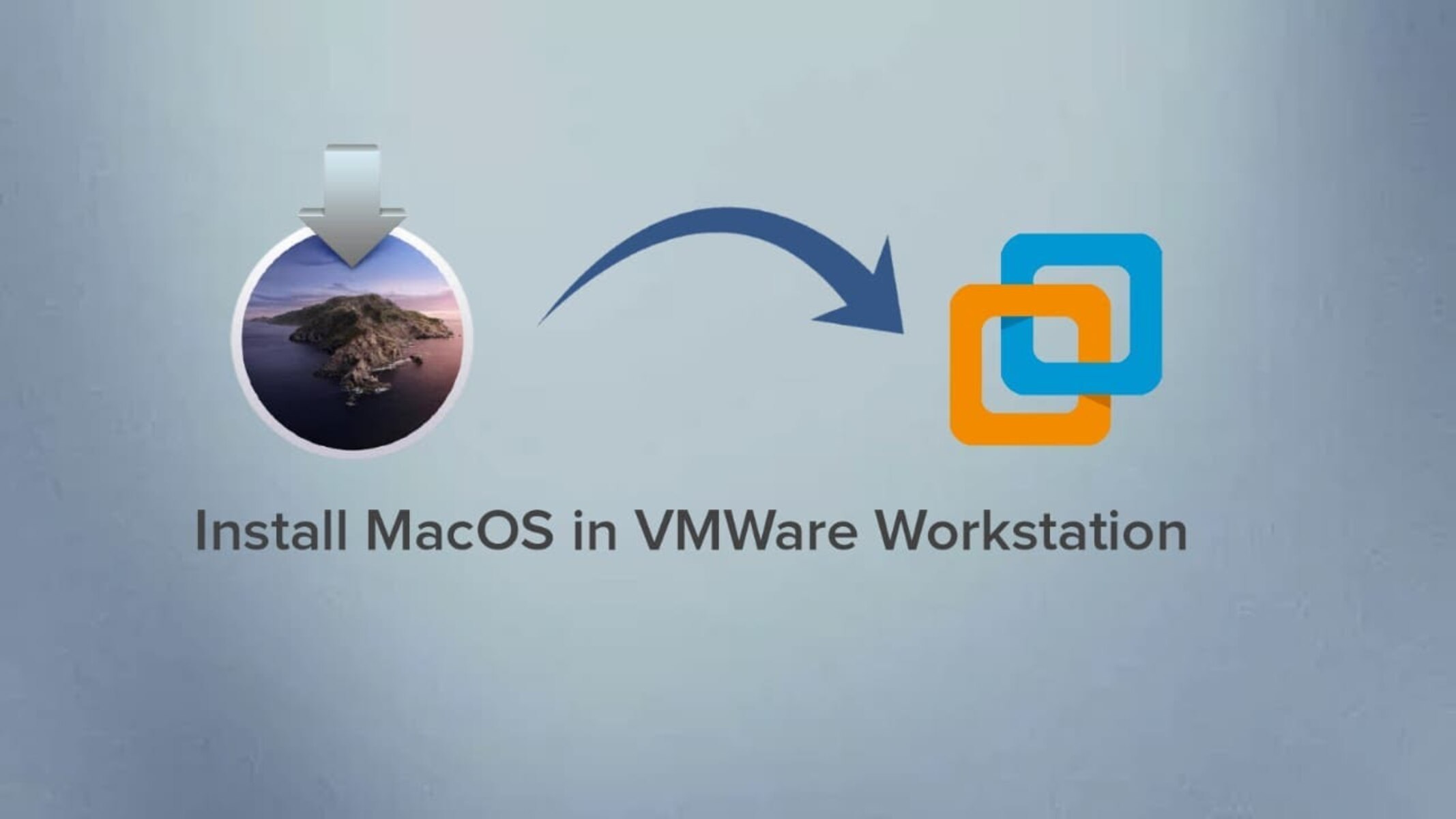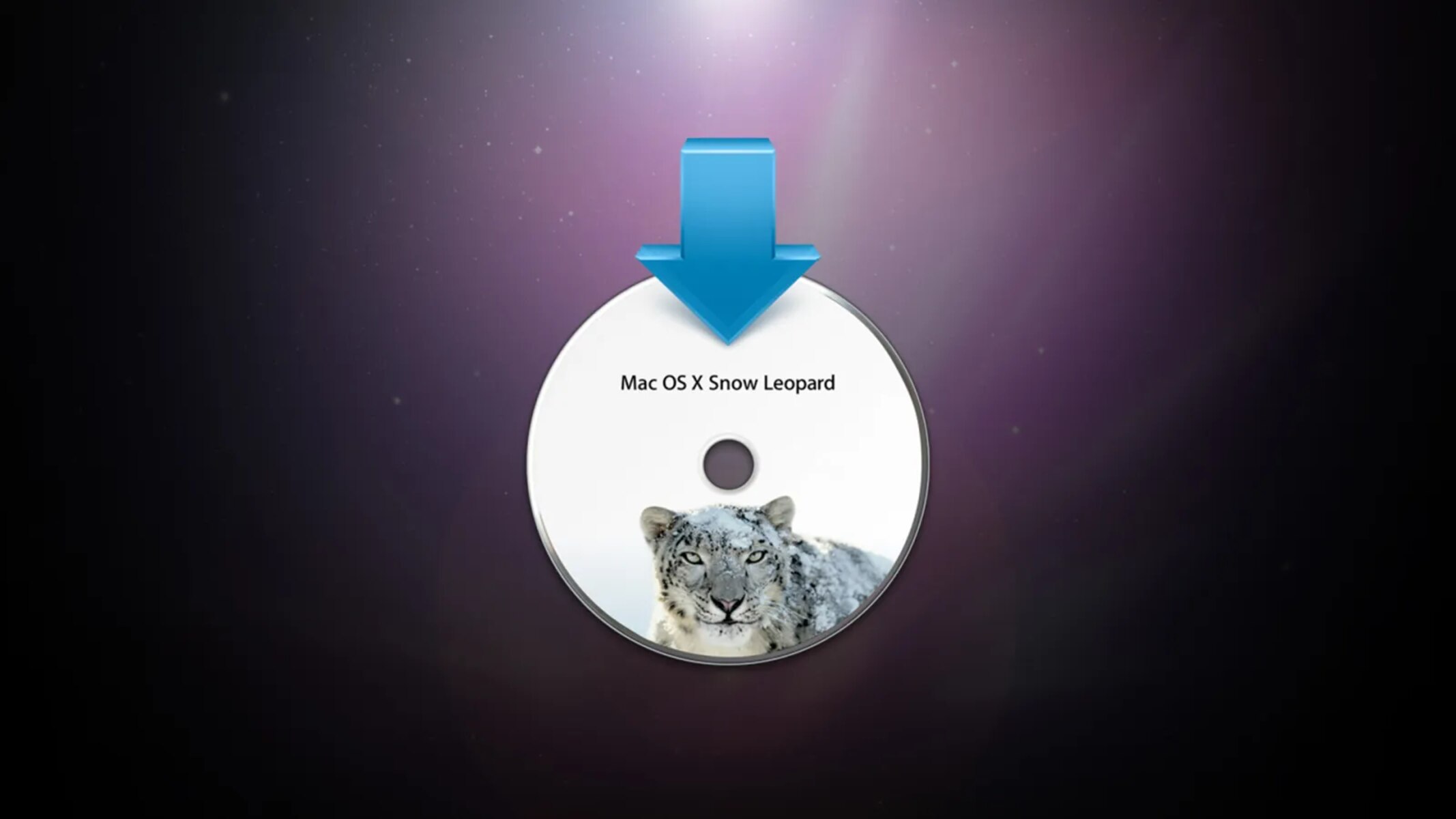Introduction
In today’s digital world, virtualization has become an integral part of various industries and work environments. VMware Workstation is a popular virtualization software that allows users to create and manage virtual machines on their desktop computers. One common task when working with virtual machines is mounting ISO files. In this article, we’ll explore what ISO files are and why you might need to mount them in VMware Workstation.
An ISO file, often referred to as an ISO image, is a virtual disc image file that contains the contents of a CD, DVD, or even a Blu-ray disc. It is a sector-by-sector copy of the original disc, including the file system and all the data. ISO files are widely used for software distribution, operating system installations, and even for running live operating systems.
So why would you need to mount an ISO file in VMware Workstation? Well, imagine you want to install a new operating system on a virtual machine. Instead of using a physical disc, you can simply download the ISO file of the desired operating system and mount it in VMware Workstation. This allows you to seamlessly access and use the contents of the ISO file as if you were using the physical disc.
Mounting an ISO file in VMware Workstation can also be useful when installing software or accessing specific files stored in the ISO image. Whether you’re a software developer, an IT professional, or simply a tech-savvy individual, understanding how to mount ISO files in VMware Workstation is a valuable skill.
Before we dive into the process of mounting an ISO file in VMware Workstation, let’s first ensure that the virtual machine settings are correctly configured. This is an important step to guarantee a smooth and hassle-free ISO mounting experience.
What is an ISO file?
An ISO file, short for ISO image, is a format that contains an exact copy of the contents of a disc, such as a CD, DVD, or Blu-ray. It is essentially a complete snapshot of the disc, including the file system and all the data it contains. The term “ISO” comes from the International Organization for Standardization, which developed the format.
The ISO file format is widely used for various purposes, including software distribution, operating system installations, and creating virtual machine environments. It allows users to easily transfer and replicate the entire contents of a disc without needing the physical medium.
When you obtain an ISO file, you can think of it as having a digital representation of a physical disc. It contains all the files and folders that were originally present on the disc, including the boot sector, operating system files, and any additional data or programs. This makes ISO files particularly useful for tasks such as installing operating systems or software on a computer or virtual machine.
One of the main advantages of using ISO files is their versatility and portability. They can be easily stored, copied, and shared, making them a convenient solution for distributing large files or complex software packages. With an ISO file, you can create an exact replica of a disc and use it on multiple computers or virtual machines without needing multiple physical copies.
ISO files can also be used to create “live” operating systems, which can be booted and run directly from the ISO image without needing to install them on a hard drive. This allows users to test out different operating systems or run diagnostic tools without making any changes to their existing system configuration.
In summary, an ISO file is a digital representation of a disc that contains an exact copy of its contents, including the file system and data. It offers a convenient and versatile way to distribute, install, and use software or operating systems on both physical and virtual machines.
Why would you need to mount an ISO in VMware Workstation?
When working with virtual machines in VMware Workstation, there are several scenarios where you might need to mount an ISO file. Let’s explore some of the main reasons why ISO mounting is useful in VMware Workstation:
1. Operating system installation: Mounting an ISO file is commonly used when installing an operating system on a virtual machine. Instead of using a physical disc, you can download the ISO file of the desired operating system and mount it in VMware Workstation. This allows you to seamlessly install the operating system without the need for physical media.
2. Software installation: ISO mounting is also beneficial when installing software on a virtual machine. Many software packages are distributed as ISO images, which contain all the necessary files and instructions for installation. By mounting the ISO file in VMware Workstation, you can easily access and run the installation process as if you were using a physical disc.
3. Accessing specific files: ISO files often contain a collection of files, such as drivers, software libraries, or multimedia resources. By mounting the ISO in VMware Workstation, you can access and extract specific files without the need to extract the entire contents of the ISO. This can be helpful when troubleshooting, extracting driver files, or accessing specific software components.
4. Running live operating systems: ISO files can be used to create live operating systems that can run directly from the ISO image without installation. This allows you to test different operating systems or run diagnostics tools without making any changes to your existing system. By mounting the ISO in VMware Workstation, you can boot the virtual machine directly from the ISO and experience the live environment.
5. Updating virtual machine tools: VMware Workstation provides virtual machine tools that enhance the performance and functionality of the virtual machines. These tools are often distributed as ISO files and need to be mounted in order to install or update them. By mounting the ISO file in VMware Workstation, you can easily update the virtual machine tools to take advantage of the latest features and improvements.
Overall, mounting an ISO file in VMware Workstation provides a flexible and convenient way to install operating systems, software, access specific files, run live environments, and update virtual machine tools. It simplifies the virtual machine management process and allows you to utilize the full potential of your virtual machine environment.
Checking virtual machine settings
Before you can mount an ISO file in VMware Workstation, it is important to ensure that your virtual machine settings are correctly configured. This step is crucial to guarantee a smooth and successful ISO mounting experience. Here are the key settings you should check:
1. Virtual machine hardware compatibility: Verify that your virtual machine is running on a compatible hardware version in VMware Workstation. Certain hardware versions may have limitations or restrictions when it comes to mounting ISO files. To check the hardware version, go to the virtual machine settings and navigate to the “Options” tab. Select “General” and check the “Version” field.
2. Guest operating system: Confirm that the guest operating system in your virtual machine matches the one for which the ISO file is intended. This ensures that the ISO file is mounted and used correctly. To check the guest operating system, go to the virtual machine settings and navigate to the “Options” tab. Select “General” and check the “Guest Operating System” field.
3. Virtual CD/DVD drive: Make sure that your virtual machine has a virtual CD/DVD drive. This drive will be used to mount the ISO file in VMware Workstation. To check this, go to the virtual machine settings and navigate to the “Hardware” tab. Look for the “CD/DVD (IDE)” or “CD/DVD (SATA)” option and ensure that it is present.
4. Connect at power on: Verify that the virtual CD/DVD drive is set to “Connect at power on.” This ensures that the ISO file is automatically mounted when you start the virtual machine. To check this, go to the virtual machine settings and navigate to the “Hardware” tab. Select the virtual CD/DVD drive and make sure the “Connect at power on” option is enabled.
5. ISO file location: Determine the location of the ISO file on your computer or network drive. Ensure that the ISO file is easily accessible and located in a directory that can be accessed by the virtual machine. It is best to place the ISO file in a dedicated folder for easy management.
By reviewing and double-checking these virtual machine settings, you can ensure that everything is properly configured before attempting to mount an ISO file in VMware Workstation. This will help prevent any issues or errors during the ISO mounting process and ensure a seamless experience.
Mounting an ISO in VMware Workstation
Now that you have checked and verified the virtual machine settings, it’s time to proceed with mounting an ISO file in VMware Workstation. The steps may vary slightly depending on the version of VMware Workstation you are using, but the overall process remains similar. Here’s a general guide to mounting an ISO in VMware Workstation:
1. Open VMware Workstation: Launch VMware Workstation on your computer and ensure that the virtual machine you want to mount the ISO on is powered off or in a suspended state.
2. Select the virtual machine: From the VMware Workstation home screen, locate and select the virtual machine you want to work with. This will bring up the virtual machine settings.
3. Go to virtual machine settings: Once the virtual machine is selected, click on the “Edit virtual machine settings” option. This will open the settings window for the virtual machine.
4. Add CD/DVD drive: In the virtual machine settings window, navigate to the “Hardware” tab. Click on the “Add” button and select “CD/DVD Drive” from the drop-down menu. This will add a virtual CD/DVD drive to the virtual machine.
5. Choose ISO file: With the CD/DVD drive selected, click on the “Use ISO image file” option and browse for the location of the ISO file on your computer or network drive. Once you have located the ISO file, select it and click “OK” to confirm the selection.
6. Verify ISO settings: Back in the virtual machine settings window, ensure that the “Connect at power on” option is enabled for the CD/DVD drive. This will ensure that the ISO file is mounted when you power on the virtual machine.
7. Save and exit: Once you have verified the settings, click “OK” to save the changes and exit the virtual machine settings window.
8. Power on the virtual machine: Now, start the virtual machine by clicking on the “Power on” button in VMware Workstation. The virtual machine will boot up with the ISO file mounted as if it were a physical disc.
That’s it! You have successfully mounted an ISO file in VMware Workstation. The virtual machine will recognize the ISO file as a CD or DVD and provide access to its contents. You can now proceed with the desired installation, access specific files, or run a live operating system based on the mounted ISO file.
Remember to unmount the ISO file once you no longer need it, especially if you plan to use different ISO files in the future. This can be done by going back to the virtual machine settings, selecting the CD/DVD drive, and choosing the “Do not connect” option.
Conclusion
Mounting an ISO file in VMware Workstation is a crucial task for anyone working with virtual machines. Whether you need to install an operating system, access specific files, or run a live environment, the ability to mount an ISO file provides flexibility and convenience.
In this article, we explored the concept of ISO files and their significance in the virtual machine environment. We discussed the various reasons why you might need to mount an ISO file in VMware Workstation, including operating system installation, software installation, accessing specific files, running live operating systems, and updating virtual machine tools.
We also emphasized the importance of checking your virtual machine settings before proceeding with ISO mounting. Ensuring that your hardware compatibility, guest operating system, virtual CD/DVD drive, and ISO file location are properly configured will help prevent any issues during the mounting process.
Finally, we provided a general guide on how to mount an ISO in VMware Workstation, covering the steps to add a CD/DVD drive, choose the ISO file, and verify the settings. By following these steps, you can easily mount ISO files and utilize their contents within your virtual machine environment.
By mastering the skill of mounting ISO files in VMware Workstation, you can enhance your productivity, streamline your virtual machine management, and explore various operating systems and software packages with ease.
So, go ahead and start using the power of ISO files in VMware Workstation to enhance your virtual machine experience and unlock new possibilities in your work or personal projects.

























